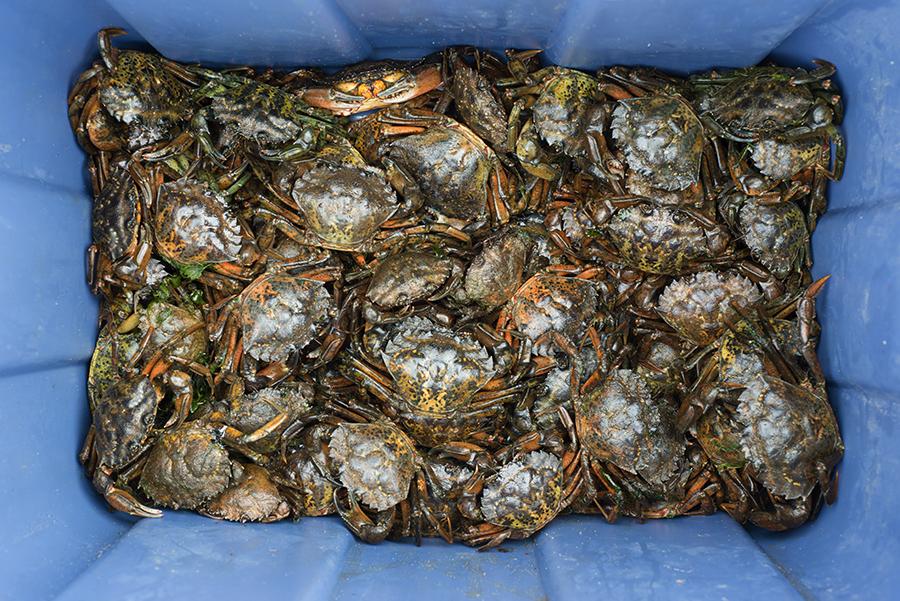In recent years, the mile-long, man-made lagoon in the gated community of Seadrift has seen one of the worst infestations of invasive . . .
Effort to curb invasive crabs in Seadrift backfired


In recent years, the mile-long, man-made lagoon in the gated community of Seadrift has seen one of the worst infestations of invasive . . .